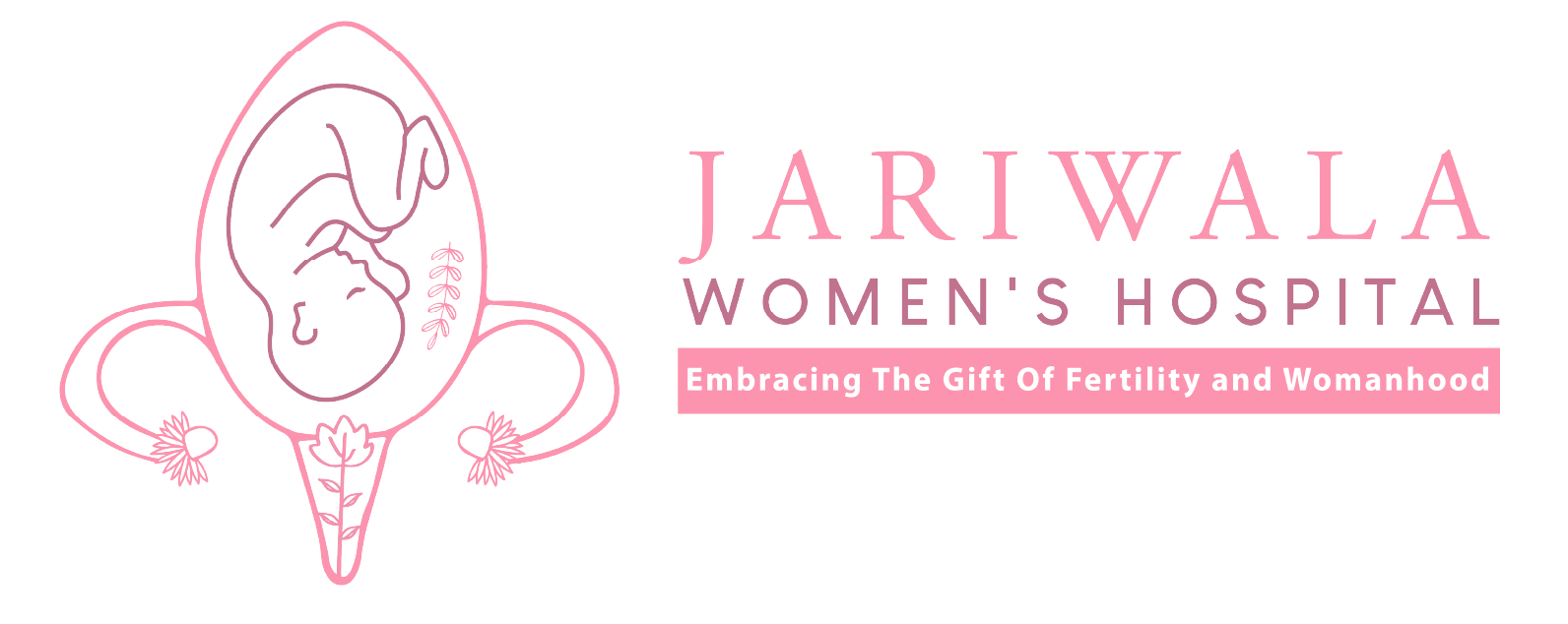Cesarean Section
It is also called C-section surgery. The mother's womb wall is cut to deliver the baby in this surgical process. Our well-versed and well-experienced doctors and staff make the process easy and comfortable. We ensure the shortest hospital stay and fastest recovery.
.webp)
WHO SHOULD GO FOR IT?
-
Obstructed labour
- Blockage in the birth canal happens when the baby's head and the mother’s pelvic brim do not match despite severe uterine contraction. In this situation, the doctor goes for C-section surgery to take the baby out.
-
Failure to progress
- It sometimes happens when the cervix does not open and the labour process slows which obstructs the baby to move down to the birth canal, in such cases doctors opt for a C-section that is healthy for the mother and baby.
-
Umbilical cord prolapse
- In a normal delivery, the baby comes out first then the umbilical cord but in this complication, the cord comes before the baby, making it difficult for the baby to breathe and causing brain damage, in such cases, the doctor suggests immediate surgery.
PROCESS
-
Anaesthesia
- The first procedure is when the person is put on anaesthesia so that the woman does not feel the chronic pain of the surgery, sometimes epidural is in which you are awake during the whole procedure.
-
Prep before surgery
- Doctors clean the mother's womb with antiseptic. Mothers are also advised to not eat anything before the surgery. A sterile drape is put on the surgery area that prevents contact with unprepared skin.
-
Surgery
- After prepping, the doctor starts the surgery by making a surgical cut in the wall of the womb. The cut is either transverse or vertical. The doctor removes the baby safely from the womb. In the end, the umbilical cord is cut and the placenta, an organ that develops during pregnancy is removed. The belly of the woman is carefully stitched back.
-
Follow-up steps
- There are many follow-up steps after c-section surgery for a speedy recovery like getting rest and focusing on diet and nutrition. Jariwala Women’s Hospital doctors are specialized in getting speedy recovery after C-section surgery.
SUCCESS RATE
We at Jariwala Women’s Hospital take the best care of you and make sure that you recover rapidly. The staff is highly experienced to avoid any discomfort and make everything easy and cosy for you. At our hospital, many women were able to walk within 6 hours.
RISK
- Infection in the surgical area
- Pain in the surgical area and abdomen
- Varginal discharge
- Redness and swelling in the womb lining
- Redness and swelling in the womb lining
- Blood clots
There are many risks involved in C-section surgery:-
MYTHS
-
C-section surgery takes time.
- C-section surgery only takes 30-40 min. Taking out the baby only takes 10-15 min, the preparation and stitching back the belly take the rest of the time.
-
C-section surgical cuts are very deep.
- The surgical cut in the C-section is a few inches in your lower abdomen.
-
C-section surgery you are awake.
- You are awake but you can not feel the pain or discomfort because of the epidural. Sometimes doctors also use anaesthesia to make the patient sleep.
-
C-section surgery is unsafe.
- C-section surgery is safe usually but contains some risks. It is important to know all the complications before opting for it.
-
C-section scar will stay forever.
- The scar of a c-section does stay for a while but there are so many oils and creams that help to remove these scars.
